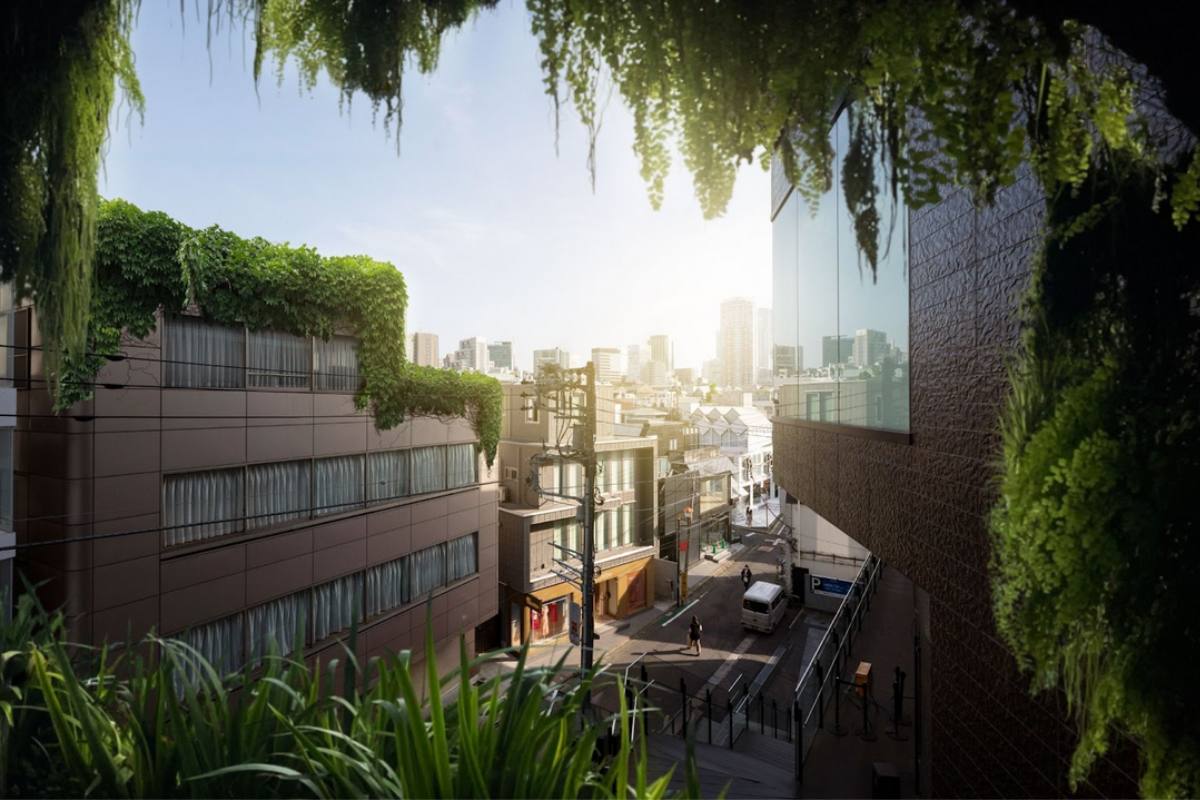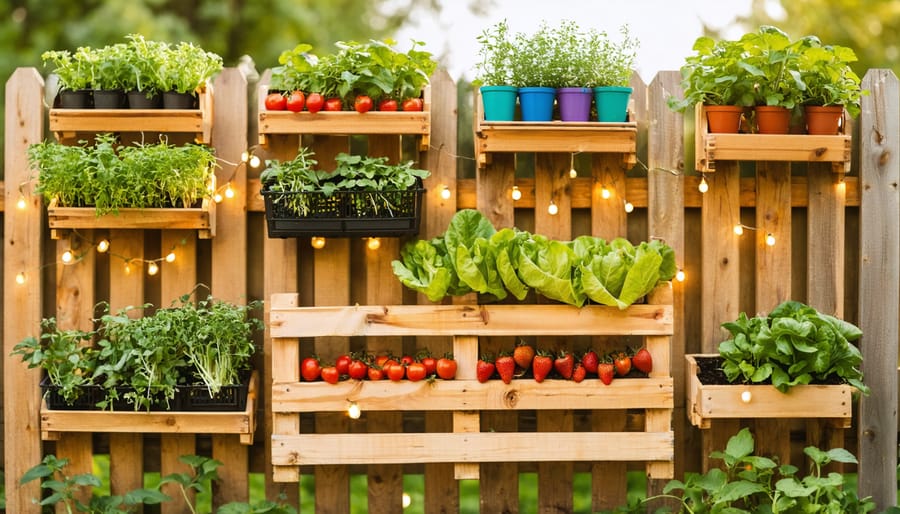Year by year, our cities are becoming increasingly crowded, making it essential to build new infrastructure. But this process has a decent drawback. Our green spaces and parks are becoming increasingly rare. If we compare maps and views from above made a half century ago, we will certainly notice how our green jungles have turned into concrete ones. Satellite imagery provides a valuable tool that is crucial for understanding the scale of these changes. It is crucial because today “green” means “healthy”, and if we want to survive, planners and environmental teams need the most advanced tools to track and solve these green challenges and make greener and smarter cities.
The Power of Satellite Technology in Urban Ecology
Real-time satellite imagery and generated maps of the Earth offer a surprisingly deep look into the health of our cities. They go far beyond basic maps. Modern digital platforms utilize data from visible and infrared sensors installed on satellites, providing advanced imaging capabilities to specialists. Modern satellites like ESA’s Sentinel-2, NASA’s Landsat record information across multiple spectral bands — including visible, near-infrared (NIR), shortwave infrared (SWIR), and thermal infrared. These wavelengths reveal vegetation health, soil moisture, surface temperature, and even air pollution levels.
For green infrastructure specialists, this technology translates into practical tools:
- NDVI (Normalized Difference Vegetation Index) helps measure plant health and detect drought stress.
- LST (Land Surface Temperature) data highlights heat islands and explains where tree planting is necessary.
- AOD (Aerosol Optical Depth) maps estimate air pollution and help locate areas needing cleaner air strategies.
A team of scientists from Southampton developed a method to measure plant chlorophyll from space, creating a Terrestrial Chlorophyll Index. This tells planners which green areas are full of life and which need help. Using data from satellites like the ESA’s Sentinel, cities can now track pollution, monitor the dangerous “heat island” effect, and measure the real-world success of their green initiatives over time.
Detecting Urban Development From Space
Today, satellite-based mapping provides a faster, more reliable alternative. Using current satellite images and generated maps of the Earth, planners and environmental teams can continuously monitor vegetation density and land-use changes across entire cities.
Satellite imagery allows comparisons over time, making it simple to see if new tree plantings, parks, or rooftop gardens are thriving or if urban development is encroaching on green areas. But what are the main benefits offered by satellites to urban greening specialists? With imagery from space, conservationists can:
- Visualize vegetation cover across neighborhoods
- Detect how green spaces change over time
- Highlight districts that need targeted planting
- Monitor how successful restoration efforts are
Current satellite imagery, combined with land-use data, guarantees that urban planners will be able to make smarter decisions to enhance urban biodiversity and improve the quality of life for neighborhood residents.
Improving City Resilience Through Greening
Urban greening is more than beautification. It’s the only way to adapt to climate change. According to studies, urban trees can reduce local temperatures by up to 4°C, which is pretty much. At the same time, well-planned parks and green corridors can absorb up to 20% of a city’s carbon emissions every year. Thanks to vegetation, pollutants such as nitrogen dioxide are filtered, and millions of city residents can enjoy improved air quality.
Moreover, current satellite imagery and live satellite views can pinpoint neighborhoods most affected by heatwaves. The World Meteorological Organization (WMO) reported that the number of heatwave days in major cities has tripled since the 1980s. As we see, tree planting, making green rooftops, and vertical gardens are just a necessity, not a luxury.
Greenhouse gases and droughts are also topical issues in cities around the globe. Satellite data helps to measure the carbon sequestration potential of green spaces, ensuring that each park and corridor contributes to reducing greenhouse gases. Imagery from space also helps to monitor soil moisture and vegetation vitality. With its help, water waste can be reduced by up to 30%, keeping landscapes healthy even during droughts. After floods, storms, or other disasters, satellite imagery provides a fast way to assess recovery and prioritize restoration efforts.
Harnessing Satellite Insights for Greener Cities
Making our cities greener isn’t just about planting more trees – it’s about planting them in the right places to create healthier, more comfortable homes for all of us. To figure this out, we need a bigger perspective, and that’s exactly what today’s satellite technology gives us.
Think of it as giving city planners a live, bird’s-eye view of our neighborhoods. These real-time images show us where plants are thriving, pinpoint “heat islands” where concrete jungles are trapping warmth, and reveal if our green projects are actually making a difference. By combining these satellite maps with local information, planners can stop guessing and start making smarter decisions.




